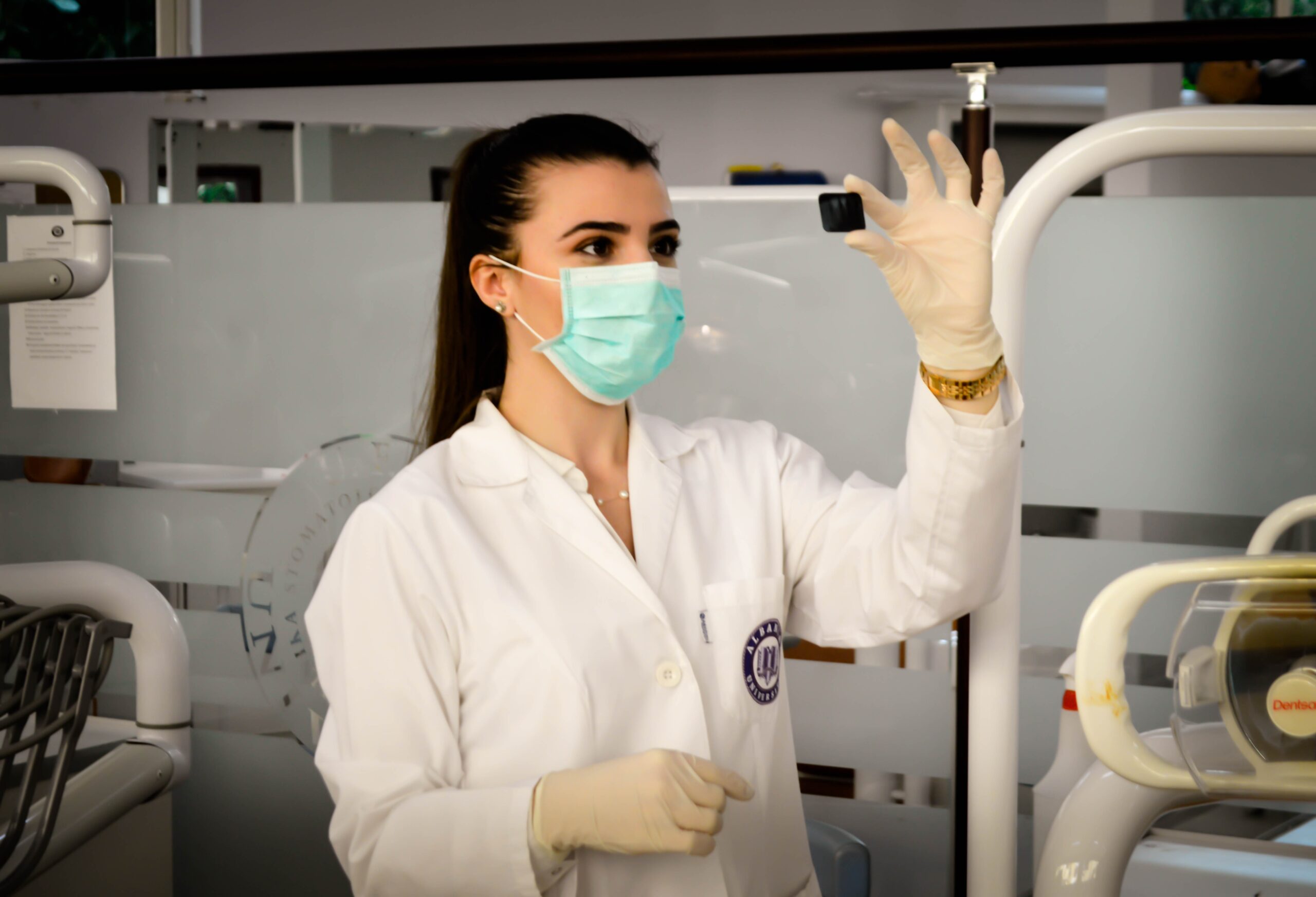Australia’s national science agency has announced an exciting opportunity for start-ups and small to medium-sized enterprises operating in the digital health and medical technology sectors.
The CSIRO invites applications for its upcoming “Innovate to Grow” program, aimed at driving innovation and advancement in these critical fields.
This 10-week online program, offered at no cost, has been specially designed to assist Australian SMEs in navigating the complex landscape of research and development (R&D) in digital health and medical technologies.
Helping SMEs Thrive
Professor Susie Nilsson, the Director of Biomedical Manufacturing Research at CSIRO, emphasised the program’s significance in fostering meaningful collaboration between research organizations and SMEs.
She noted that developing sustainable products in the digital health and medical technology sectors is a challenging and often underestimated process.
“The daunting task of navigating stringent testing and product development processes can be particularly overwhelming for SMEs,” Professor Nilsson said.
“Innovate to Grow presents a unique opportunity for businesses to gain valuable insights from industry experts about how research and development collaboration can help take their technology to the next level.
“In particular, the way in which businesses can advance from a research idea to a tangible R&D opportunity.”
Unlocking Opportunities
Participants in the program will have the chance to collaborate with a mentor from CSIRO or a university.
This collaboration will address both technical and business challenges, helping SMEs explore R&D opportunities and gain insights into partnering with research organizations.
Additionally, participants will learn how to craft compelling R&D funding applications to support their projects.
Liz Crompton, SME Connect Program Advisor, highlighted the positive impact of the Innovate to Grow program since its inception.
“To date, Innovate to Grow has equipped over 500 businesses with the knowledge and tools to advance their ideas, with many program alumni initiating R&D projects with research organizations like CSIRO within 12 months of completing the program,” Ms. Crompton said.
R&D Funding
Participants may also become eligible for dollar-matched R&D funding through the CSIRO Kick-Start program, further enhancing their growth prospects.
The program is scheduled to commence on March 14, 2024, and is open to a limited number of SMEs operating in various sub-sectors within digital health and medical technology.
These sub-sectors include therapeutics and care, health system analytics, biomedical informatics and data modeling, as well as diagnostics, biosensors, biomedical devices, drug discovery, vaccines, and biologic therapeutics, among others.
Applications for CSIRO’s Innovate to Grow: Digital Health and Medical Technology program will be accepted until Sunday, February 18, 2024.
Find out more here.



 News3 days ago
News3 days ago


 Leaders3 days ago
Leaders3 days ago


 Shows3 days ago
Shows3 days ago


 News3 days ago
News3 days ago


 Docos5 days ago
Docos5 days ago


 Leaders4 days ago
Leaders4 days ago


 Leaders4 days ago
Leaders4 days ago


 News2 days ago
News2 days ago





